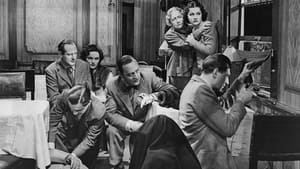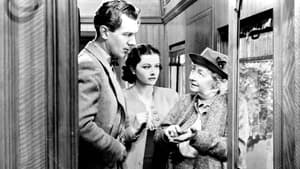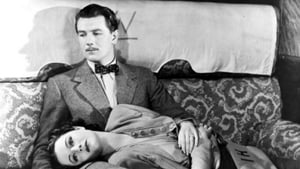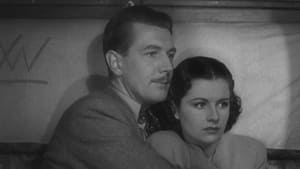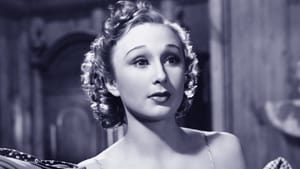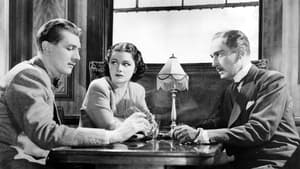Video Sources 0 Views
- Watch trailer
- The Lady Vanishes 1938 Colorized

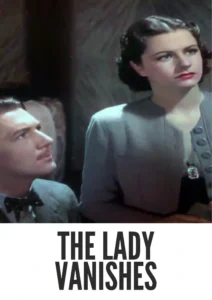
Synopsis
Table of Contents
ToggleTrains, Spies, and Disappearances: The Lady Vanishes (1938) in Stunning Color

Embark on a thrilling journey with The Lady Vanishes, a captivating screwball mystery from 1938, now beautifully colorized for a viewing experience like never before. This film, directed by the master of suspense Alfred Hitchcock, delivers a delightful blend of humor, mystery, and suspense aboard a speeding train. Perfect for classic film enthusiasts and those seeking a taste of Hitchcock’s early genius, this HD download brings a beloved piece of cinematic history to your screen. Often considered one of Hitchcock’s best British films, it has also been released under the titles Lost Lady and Girl on the Train.
The Lady Vanishes Storyline: Aboard the Train of Intrigue
The Lady Vanishes follows the story of Iris Henderson (Margaret Lockwood), a young socialite on the eve of her return to England. While traveling by train across Europe, she befriends an elderly woman named Miss Froy (Dame May Whitty). After a brief encounter, Miss Froy mysteriously disappears, and Iris is determined to find her.With the help of a charming musicologist, Gilbert Redman (Michael Redgrave), Iris investigates the disappearance, encountering a series of strange and suspicious characters along the way. They soon discover a web of intrigue and espionage, realizing that Miss Froy is not who she seems to be. The film culminates in a thrilling climax, filled with suspense and excitement, as Iris and Gilbert uncover the truth behind the lady’s vanishing act. The Lady Vanishes is a fast-paced and entertaining mystery that showcases Hitchcock’s mastery of suspense and storytelling.
Movie Cast
The film features a talented cast of actors who bring this suspenseful story to life:
- Margaret Lockwood as Iris Henderson
- Michael Redgrave as Gilbert Redman
- Dame May Whitty as Miss Froy
- Paul Lukas as Dr. Hartz
- Cecil Parker as Mr. Todhunter
Movie Genre
The Lady Vanishes falls into the genre of screwball mystery, with elements of comedy and suspense that are characteristic of Alfred Hitchcock’s work. Its clever plot, witty dialogue, and engaging characters make it a captivating and enjoyable film.
Historical Context: Hitchcock’s British Period
Released in 1938, The Lady Vanishes represents a significant achievement in Alfred Hitchcock’s British period, showcasing his mature skills in suspense, visual storytelling, and character development. The film was produced during a time when British cinema was gaining international recognition. The Lady Vanishes is considered one of Hitchcock’s best British films and a testament to his genius as a director.
Colorization Details
This colorized version of The Lady Vanishes has been meticulously restored using modern digital techniques, enhancing the visual appeal while preserving the film’s original atmosphere of mystery and suspense. The colorization process involved carefully analyzing the grayscale tones of the original black and white footage and assigning appropriate colors to each scene. This painstaking process brings new life to the characters and settings, making the story even more engaging for modern audiences. While some may debate the merits of colorizing classic films, it introduces these films to a broader audience, ensuring their legacy for future generations.
Technical Details
- Director: Alfred Hitchcock
- Screenplay: Sidney Gilliat, Frank Launder
- Based on: The Wheel Spins by Ethel Lina White
- Cinematography: Jack E. Cox
- Edited by: R.E. Dearing
- Production Company: Gainsborough Pictures
- Distributed by: Gaumont British Picture Corporation
- Runtime: 97 minutes
Technical Specifications
- Download Format: MP4
- Resolution: HD (1080p)
- Compatibility: Compatible with most devices, including smartphones, tablets, computers, and smart TVs.
Reviews and Critical Reception
The Lady Vanishes (1938) is widely regarded as one of Alfred Hitchcock’s finest British films, celebrated for its suspense, humor, and engaging characters. It remains a classic example of British cinema and a testament to Hitchcock’s genius as a director. As a beloved and influential film, The Lady Vanishes continues to captivate audiences with its timeless appeal.
FAQs
- Q: What is The Lady Vanishes about?
- A: The Lady Vanishes is a screwball mystery about a young woman who investigates the disappearance of an elderly lady on a train.
- Q: Is The Lady Vanishes (1938) a well-known Hitchcock film?
- A: The Lady Vanishes is one of Hitchcock’s most celebrated British films, known for its suspense and humor.
- Q: Is this version of The Lady Vanishes colorized?
- A: Yes, this version has been professionally colorized to enhance the viewing experience.
- Q: What makes The Lady Vanishes interesting for Hitchcock fans?
- A: The Lady Vanishes showcases Alfred Hitchcock’s mature skills in suspense and visual storytelling.
- Q: What is the download format?
- A: The download format is MP4, which is compatible with most devices.
- Q: What resolution is the download?
- A: The resolution is HD (1080p), providing a high-quality viewing experience.
Download Now in HD!
Watch The Lady Vanishes Today!
